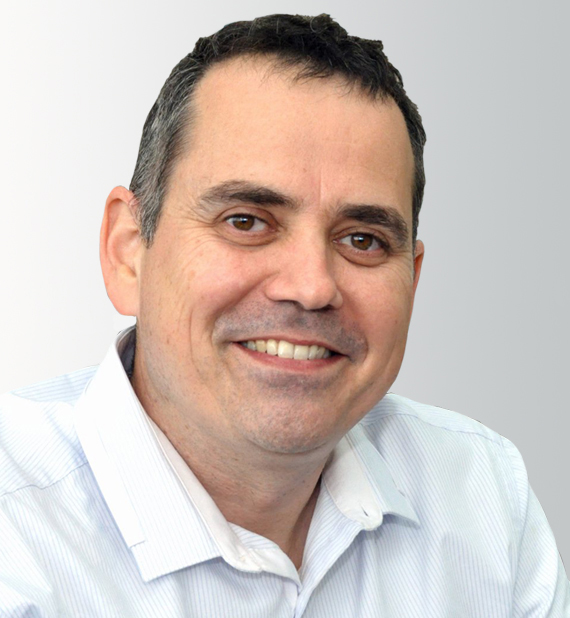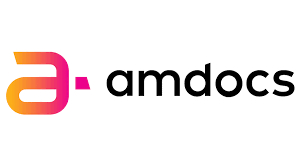Move fast and break things. A famous adage adopted by many software companies. But what if you’re an industry giant where innovation is required, but failure is absolutely not an option. That doesn’t seem to be a mix for success.Meet Amdocs, a company withe more than 26,000 employees and generating more than $4.2 billion in revenue annually, the expectations for success are a little bit higher.
“The difference between great companies and good companies is how much your endurance is to failure.”Avishai Sharlinis the Division President for Amdocs Technologies, a company that works with communication and media companies to help consumers complete more than 1.7 billion digital journeys every day. On this episode of IT Visionaries, Avishai explains how Amdocs uses open source tools to provide the scale and agility needed to operate some of the world’s most complex systems, and he reveals why and how Amdocs is helping to accelerate many companies’ journeys to the cloud.
Main Takeaways
- What Separates Good From Great: The difference between a good company and a great one is a company’s ability to deal with failure. In technology, failure is inevitable, but the key is to make sure that with each failure, your team is continually learning from your mistakes and building off of them.
- Different Ways to Architect Your Technology: There are no longer one-size-fits-all solutions for your digital products. Today, each individual piece of technology must be adaptable in order to meet a consumer’s needs. This means that technology teams building products have to keep multiple solutions in mind and take into account the different ways users will use technology.
- A Whole New World: With the rise of IoT devices, 5G networks will not only bring the bandwidth and low-latency needed to power today’s networks, but it will also enhance the ability for communication companies to better prioritize the amount of data they send to individual devices and how to protect them from cyber threats.
For a more in-depth look at this episode, check out the article below.
Article
Not every company is built to compete with industry giants, and not every company operates under a framework that failure is not an option. But when a company employs more than 26,000 employees and generates more than $4.2 billion in revenue annually, the expectations for success are a little bit higher.
“The difference between great companies and good companies is how much your endurance is to failure.”
Avishai Sharlin is the Division President for Amdocs Technologies, a company that works with communication and media companies to help consumers complete more than 1.7 billion digital journeys every day. On this episode of IT Visionaries, Avishai explains how Amdocs uses open source tools to provide the scale and agility needed to operate some of the world’s most complex systems, and he reveals why and how Amdocs is helping to accelerate many companies’ journeys to the cloud.
One of the many areas that Amdocs’s technology can be found is within the charging and billing infrastructure of communications companies. For example, thanks to Amdocs, cell phone providers can manage and deliver hundreds of customized plans to consumers, create personalized digital billing experiences for customers, and also manage data consumption and usage by users.
“The endless permutations or the endless possibilities is creating a lot of demand from technology,” Sharlin said. “In many ways, technology needs to cater to a world that has endless options. When you’re building today’s solutions, you need to cater yourself exactly to the situation that you’re working on.”
The architecture of that technology means that Amdocs designs those plans and servers to cater to millions of unique daily users. And as data plans get more complex, so too will the use cases for that data. Today, consumers are using technology in almost every aspect of their lives –from autonomous vehicles, to streaming movies on tablets, to connected devices such as cloud-based cameras. And while the evolution of the networks powering that technology is still underway —the move from 4G to 5G is accelerating — there is also an evolution happening in regards to how companies such as Amdocs prioritize how data is distributed during high-traffic times. And the need to secure the networks and data is ongoing as well.
“Security has priority, but also security and cyber threats have a lot to do with [continuously monitoring our devices],” Sharlin said. “Think about the fact that you can be traveling with your family and you’re using the network and someone is trying to interfere and overtake the car. You don’t want to be in a situation that someone might exploit such a breach. This is more alarming because all of those areas need to coexist at the same time.”
This other aspect of managing and prioritizing IoT devices is how those pieces of technology function at the edge, something Sharlin said Amdocs is already working to adapt to make sure its infrastructure can handle a distributed network.
“We need to adopt our charging solution to be able to be completely distributed,” he said. “We need to make sure that we can allow solutions, which starts at the edge to be able to adopt this mega situation on one end and on the other end, consolidate everything into several places and then conduct the overall calculations and changes and stuff that needs to happen.”
Sharlin closed the conversation by pivoting to 5G and the impact it is going to have on the telecommunication industry when it comes to managing the growing number of IoT devices.
“5G will not bring only the bandwidth and the very low latency, but also bring the capability to cope with the billion different devices coming from IoT,” Sharlin said. “The cameras, surveillance, or autonomous cars and the different devices out there.”
To hear more from Sharlin about Amdoc Technologies and the future of the telecommunication industry, check out of the full episode of IT Visionaries!
—
To hear the entire discussion, tune into IT Visionaries here.




